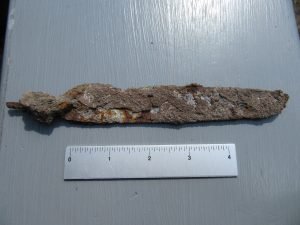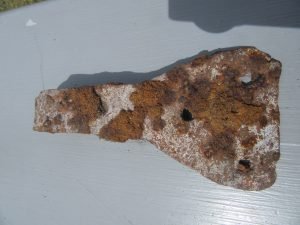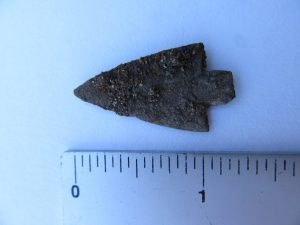The first half of the archaeology field season has been very productive. The root cellar in the southeast corner of the house has continued to be rich in information. A few more planks from the west wall of the cellar have been exposed. The final piece of the feather-edged creamware plate that was exposed last summer was removed in mid-June. Two large pieces of plain white tin-glazed earthenware have also been recovered. One appears to be from a tightly curved bowl. The other appears to be from a straight-sided vessel partially excavated from the cellar last summer. Other interesting finds from the cellar include a trade silver circle brooch, the fourth one from this house, and a leg bone and hoof from a pig or sheep.
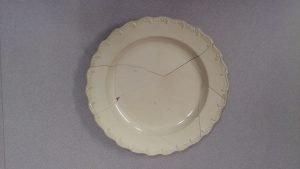
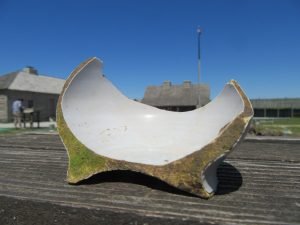
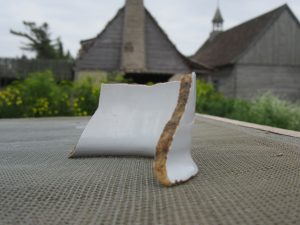
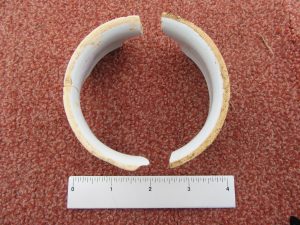
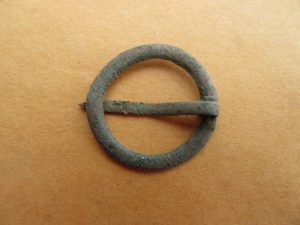
The northwest part of the excavation has been quite intriguing. We have uncovered two rows of vertical charred planks, which intersect at a right angle. It is possible that they are from a second root cellar. Some houses had two, and this trader seems to have been successful enough to have possibly needed extra storage space. The most notable find in this area is a cache of burned corn. The Odawa at L’arbre Croche grew corn, which they sold to the traders to provision their canoes. It seems likely that a bag of shelled corn was left behind when the residents of this house relocated to Mackinac Island, and it subsequently burned in place during the demolition of the fort. The other interesting artifact from this area was a rusted iron shoe buckle.
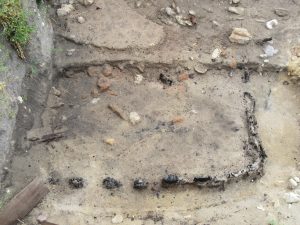
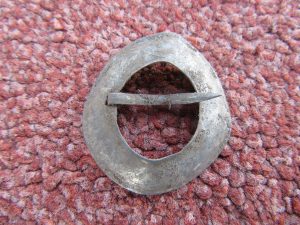
The center of the house has yielded some interesting artifacts too. The most unusual was another trade silver brooch, a wider circle than the others found in this house. A six-inch case knife blade with a pointed shaft was found nearby. A bone or wood handle would have been driven onto the shaft. Fragments of two different brass buckles were probably worn by the trader or someone in his household. A small iron projectile point or dart was possibly used as an arrowhead. The final notable artifact from this area was a large iron structural hinge from the house itself.
The field season continues until August 24. We will be continuing to excavate in all these areas of the house to continue to try and understand how the house was laid out, exactly who lived there, and more about daily life on the fur trade frontier. Archaeologists will be on site from 9 am to 5 pm seven days a week, weather permitting. We invite you to come out and watch us uncover history.
